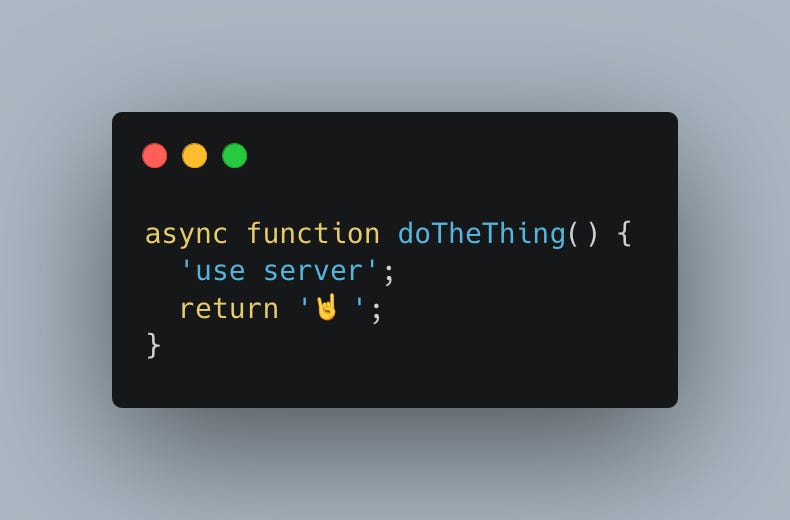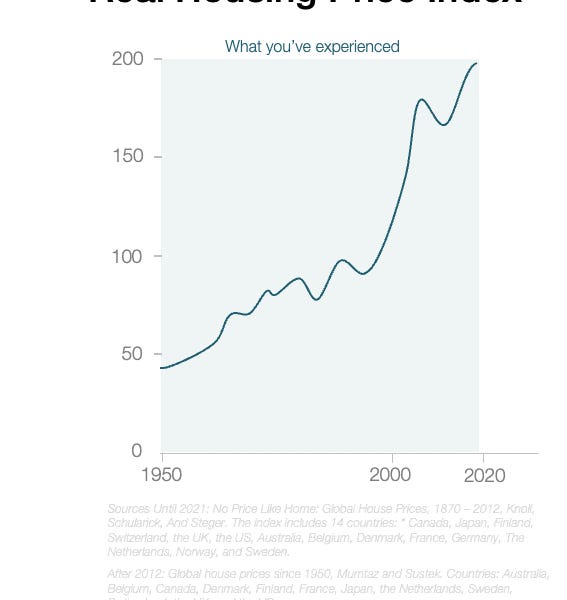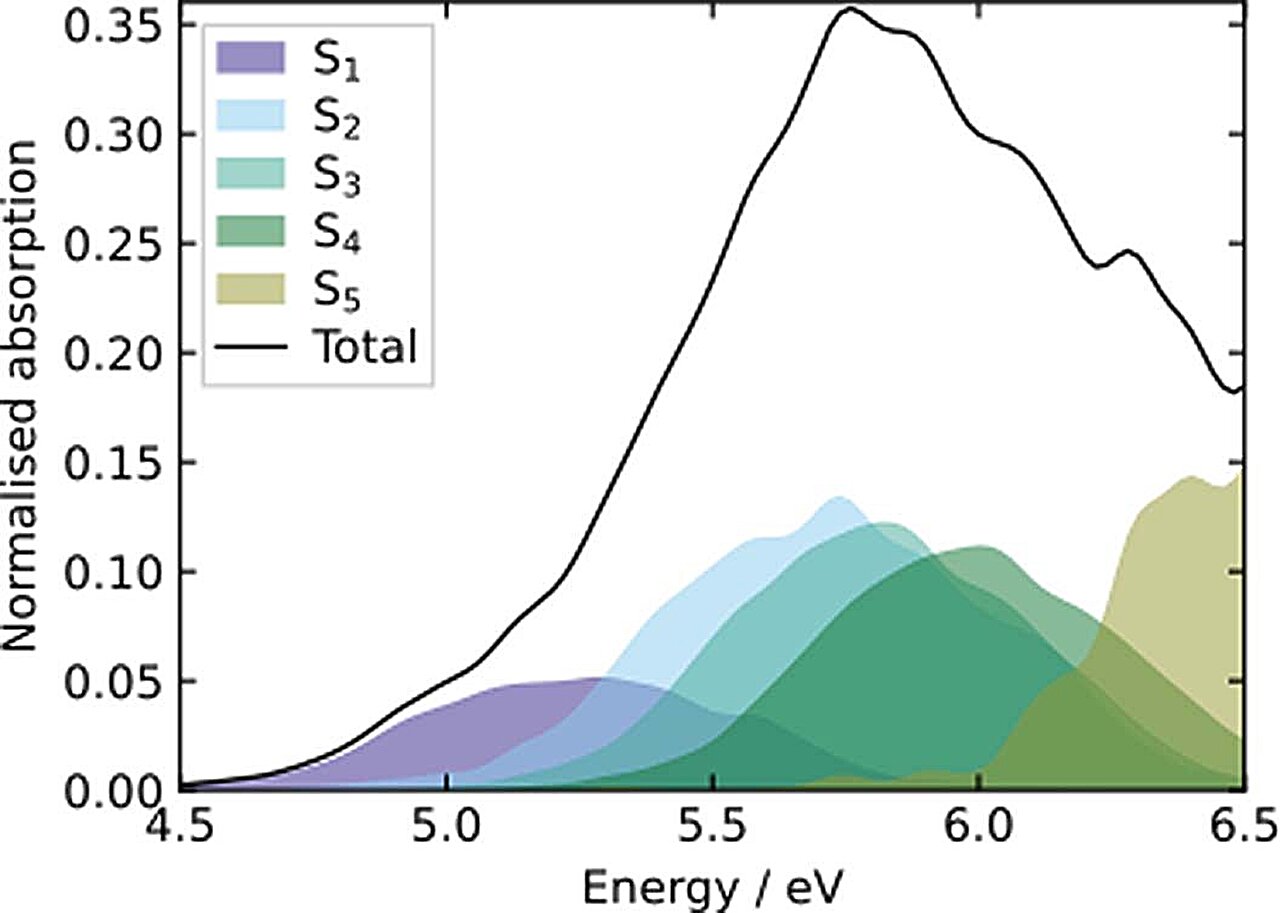
Cooperating with machines
Nature Communications volume 9, Article number: 233 (2018 ) Cite this article
Since Alan Turing envisioned artificial intelligence, technical progress has often been measured by the ability to defeat humans in zero-sum encounters (e.g., Chess, Poker, or Go). Less attention has been given to scenarios in which human–machine cooperation is beneficial but non-trivial, such as scenarios in which human and machine preferences are neither fully aligned nor fully in conflict. Cooperation does not require sheer computational power, but instead is facilitated by intuition, cultural norms, emotions, signals, and pre-evolved dispositions. Here, we develop an algorithm that combines a state-of-the-art reinforcement-learning algorithm with mechanisms for signaling. We show that this algorithm can cooperate with people and other algorithms at levels that rival human cooperation in a variety of two-player repeated stochastic games. These results indicate that general human–machine cooperation is achievable using a non-trivial, but ultimately simple, set of algorithmic mechanisms.
The emergence of driverless cars, autonomous trading algorithms, and autonomous drone technologies highlight a larger trend in which artificial intelligence (AI) is enabling machines to autonomously carry out complex tasks on behalf of their human stakeholders. To effectively represent their stakeholders in many tasks, these autonomous machines must interact with other people and machines that do not fully share the same goals and preferences. While the majority of AI milestones have focused on developing human-level wherewithal to compete with people1,2,3,4,5,6 or to interact with people as teammates that share a common goal7,8,9, many scenarios in which AI must interact with people and other machines are neither zero-sum nor common-interest interactions. As such, AI must also have the ability to cooperate even in the midst of conflicting interests and threats of being exploited. Our goal in this paper is to better understand how to build AI algorithms that cooperate with people and other machines at levels that rival human cooperation in arbitrary long-term relationships modeled as repeated stochastic games (RSGs).
Leave a Comment
Related Posts



















